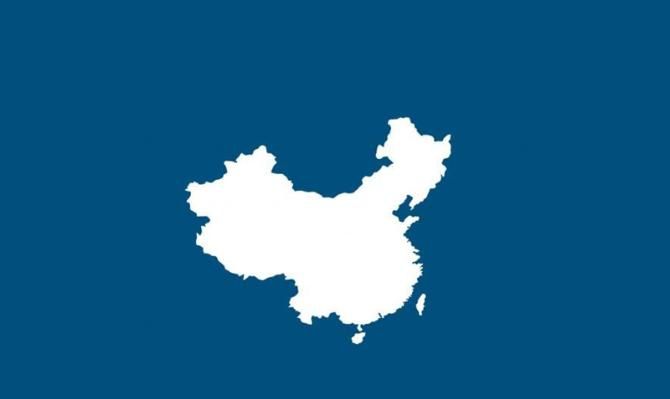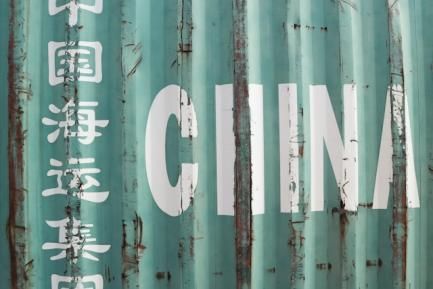
China
Zero-COVID, the real estate sector and global demand are slowing down the Chinese economy.
December 5th, 2022
Outlook
Forecasts | |||||||||
Average | 2016 | 2017 | 2018 | 2019 | 2020 | 2021 | 2022 | 2023 | |
GDP growth (%) | 7.9 | 6.8 | 6.9 | 6.7 | 6.0 | 2.2 | 8.1 | 3.0 | 5.2 |
CPI Inflation (%)* | 2.1 | 1.7 | 1.5 | 0.1 | 0.7 | 1.5 | 1.8 | 1.9 | 1.9 |
Fiscal balance (% of GDP) | -0.9 | -3.4 | -3.4 | -4.3 | -6.1 | -9.7 | -6.1 | -8.9 | -7.2 |
Public debt (% of GDP) | 37.3 | 48.2 | 51.7 | 53.8 | 57.2 | 68.1 | 71.5 | 76.9 | 84.1 |
Reference rate (%)* | 5.9 | 4.4 | 4.4 | 4.4 | 4.4 | 4.4 | 4.4 | 4.4 | 4.4 |
Exchange rate (RMB/USD)* | 6.3 | 6.6 | 6.8 | 6.6 | 6.9 | 6.9 | 6.5 | 6.8 | 6.8 |
Current balance (% of GDP) | 2.2 | 1.7 | 1.5 | 0.2 | 0.7 | 1.7 | 1.8 | 1.6 | 1.3 |
External debt (% of GDP) | 12.7 | 11.4 | 12.0 | 13.1 | 13.5 | 13.2 | 13.9 | 14.1 | 13.7 |
Notes: *annual average. Monetary policy 1-year reference rate.
Source: CaixaBank Research, based on data from national statistical agencies and Refinitiv.
- Zero-COVID, the real estate sector and global demand are slowing down the Chinese economy. As we anticipated, the risks of the zero-COVID policy have materialised, most notably in Q2. The Chinese economy shrank by 2.7% quarter-on-quarter, leading the Asian giant almost to a state of stagnation. In the second half of the year, the rapid recovery that was expected does not appear to be materialising as yet. In Q3, GDP grew by 3.9% quarter-on-quarter (also 3.9% year-on-year), recovering from the earlier sharp fall, but the strength of the recovery faded in the last two months. This decline was especially notable in consumption (retail and consumer goods grew by 2.5% year-on-year compared with 5.4% in August) and in the service sector. Additionally, although industrial production remained strong in Q3, early figures for October suggest a significant decline in the service sector, following an upturn in COVID cases and further lockdowns in the country, as well as the slowdown in exports. Overall, these figures underline the Chinese economy’s vulnerability to intermittent stops and starts imposed by the zero-COVID policy, in addition to the cooling off of global demand. We do not believe that there will be a sustained reopening of the Chinese economy until the second half of 2023, so we anticipate a short-term pattern of weakness. In terms of monetary policy, we do not expect any significant changes over the coming year. In fiscal terms, the support measures for the real estate sector and increased spending on infrastructures are helping to keep the construction industry afloat.
- The risks to the Chinese economy are tilted to the downside and are concentrated in two main areas. Firstly, the crisis in the real estate sector. The People’s Bank of China has introduced various measures (reduced mortgage rates, funds to rescue financial institutions that are in difficulty due to real estate defaults) aimed at insulating the real economy and financial sector from the real estate crisis. However, the recent collapse in residential property prices in several cities and repeated defaults on loans for projects that are yet to be completed indicate that the crisis may be prolonged over time and could hit investor sentiment. Secondly, the mid-term risk posed to the Chinese economy by the fragmentation of the global economy, a process that has accelerated since the pandemic and with the war in Ukraine. The 20th Congress of the Communist Party, which was held in October, placed emphasis on this aspect and security issues have gained relevance. Given that the growth model of the last two decades (based on exports and investment) appears to be running out of steam, the Chinese economy is entering a “new era”, more closed off and with power being increasingly concentrated in the hands of President Xi Jinping. However, we are yet to see the impact of the new key policies, e.g. “common prosperity” or the “great rejuvenation”, on domestic market performance and on foreign policy.


